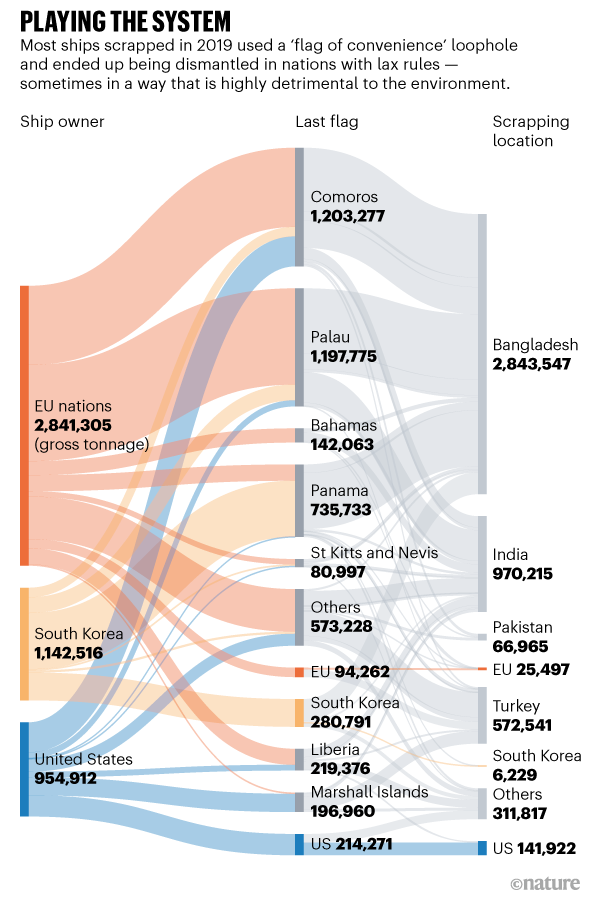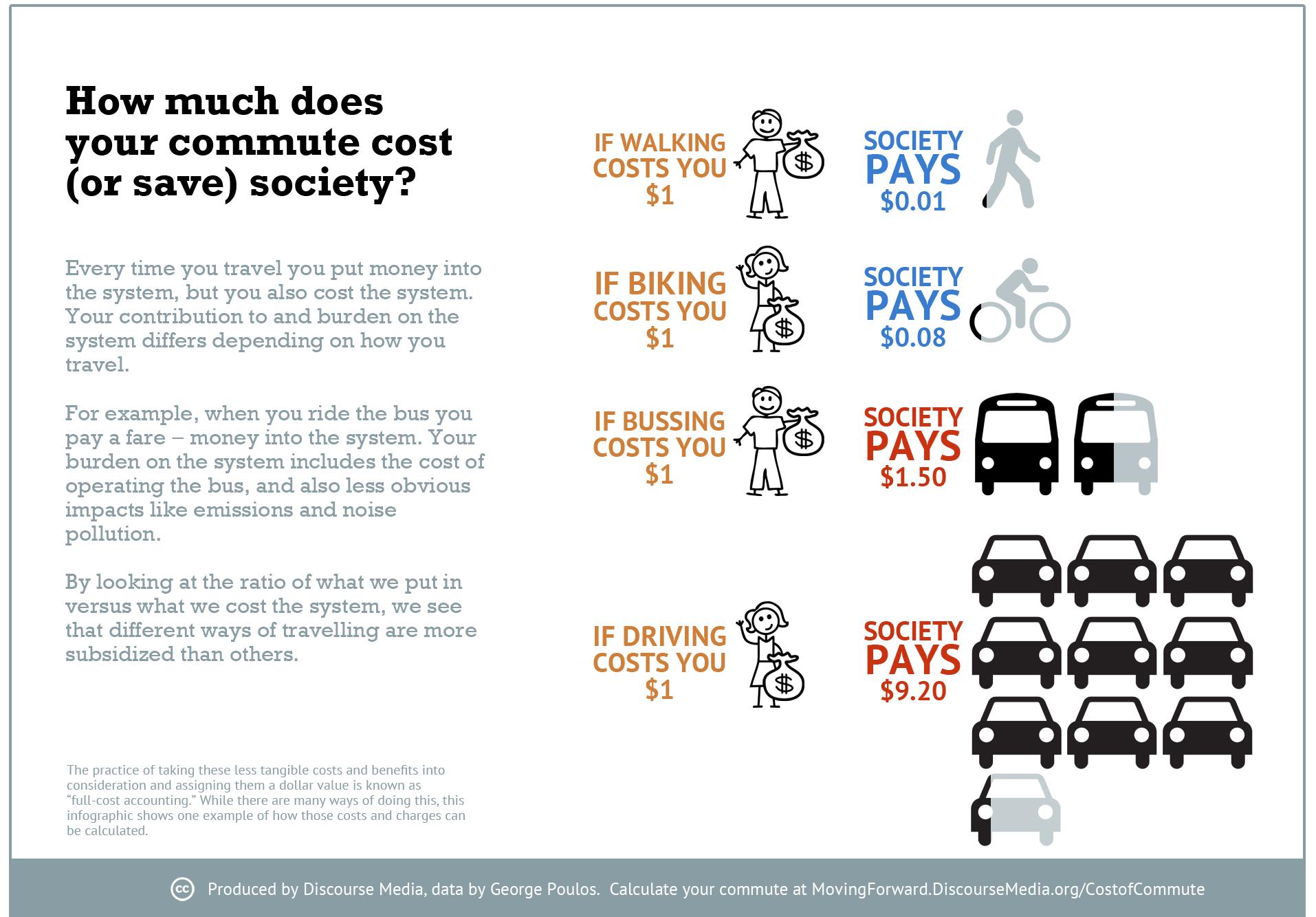Last year I read a book about the hyperinflation in Germany following the First World War. Prices were going up so fast, men would take their pay in cash, hand half of it to their wives and split up: One would sprint to the grocery to buy the week's food and the other would run to the utilities office to pay the electric bill in person. I guess at some point, money became useless and people just started bartering. But an economy without viable currency can't accommodate anything that isn't a consumable commodity or an immediate service. Banking stops, construction stops, transportation stops, government services stop. Whole economic sectors shut down. I suppose farmers could at least feed themselves, until they started to run out of seed and fertilizer and fuel for their tractors. Eventually, you could sell your furniture to buy a loaf of bread, but maybe burning it for heat was a better use for it.
















